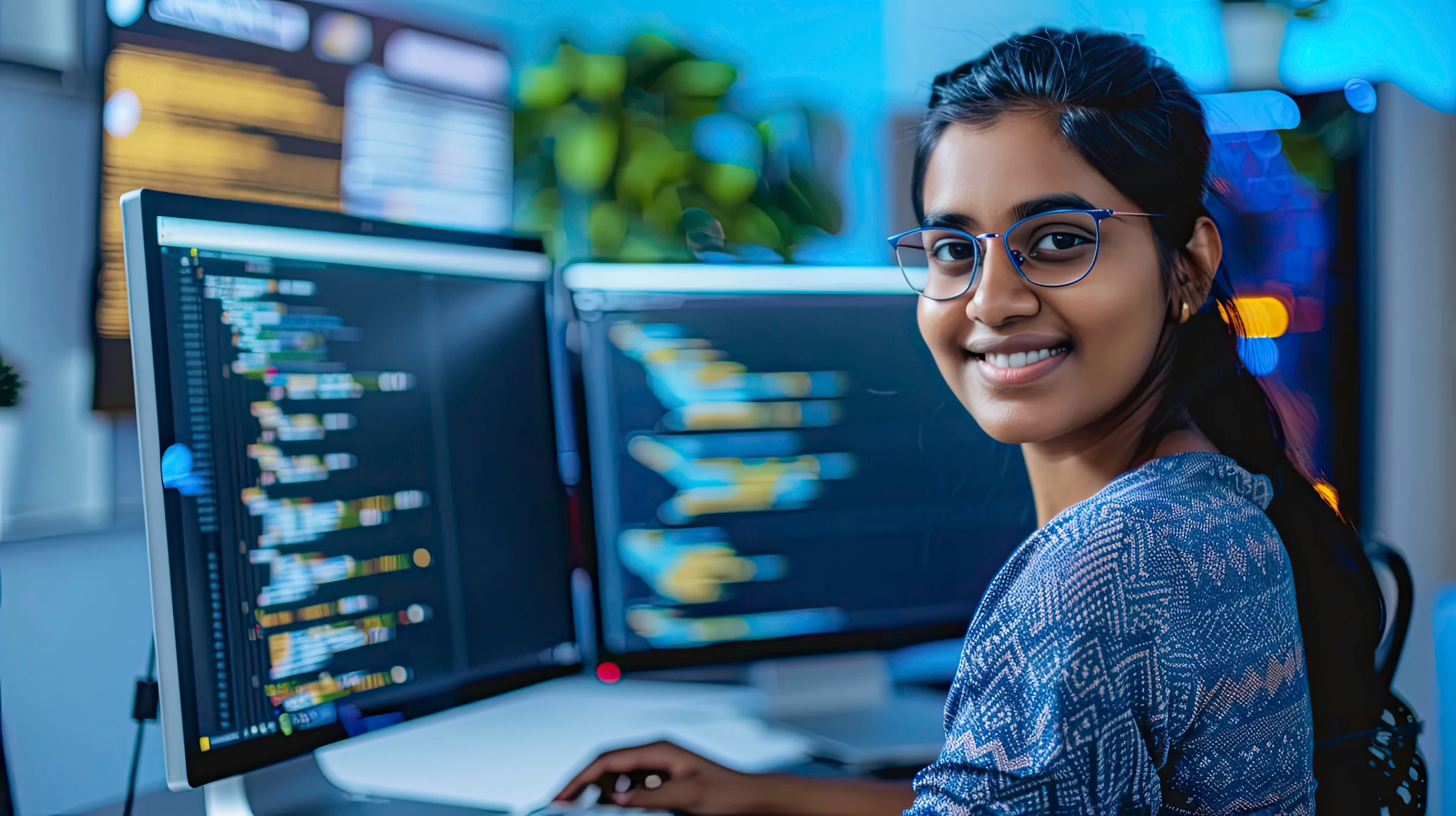
Computervision is a technology that enables computers to understand and interpret images and videos as humans do. This technique uses algorithms and machine learning to analyse visual data. The aim is to extract information from images and videos and gain valuable insights from them. This allows computers to perform tasks such as object recognition, face recognition and even autonomous navigation.
The genesis
The development of computer vision began in the 1960s. Early pioneers such as Larry Roberts and David Marr laid the foundations for image processing. The 1980s and 1990s saw major breakthroughs thanks to advances in hardware and software. The use of neural networks and deep learning in the 2010s led to a huge acceleration in the capabilities of computer vision. These techniques now enable real-time image processing and advanced analytics that were previously unthinkable.
Laws and regulations
Computervision is subject to several areas of legislation and regulation, especially with regard to privacy and data protection. In Europe, the General Data Protection Regulation (AVG) plays a crucial role. This legislation regulates how personal data is collected, stored and used, including image and video material. In the United States, there are similar laws such as the California Consumer Privacy Act (CCPA) that guarantee privacy rights. In addition, there are guidelines and ethical standards that regulate the use of computer vision in sensitive areas such as surveillance and healthcare.
Alternatives
There are several alternatives to computer vision, including traditional image processing techniques and manual analysis. Traditional methods, such as pattern recognition and simple image filters, are often less complex and cheaper to implement. They can perform well in structured environments with limited variables. Manual analyses, although time-consuming, can offer deeper human insights. These alternatives have their advantages, such as lower costs and less need for advanced technologies, but they often lack the scale and efficiency that computer vision offers.
Further investigations
Want to learn more about computervision? Start with online courses and tutorials that explain basic principles and advanced techniques. Universities and research institutes often offer in-depth studies and publications. There are also many specialised books and scholarly articles on the latest developments in computer vision. Join online communities and forums to share experiences and knowledge. Following recent technological trends and innovations can also offer valuable insights.


